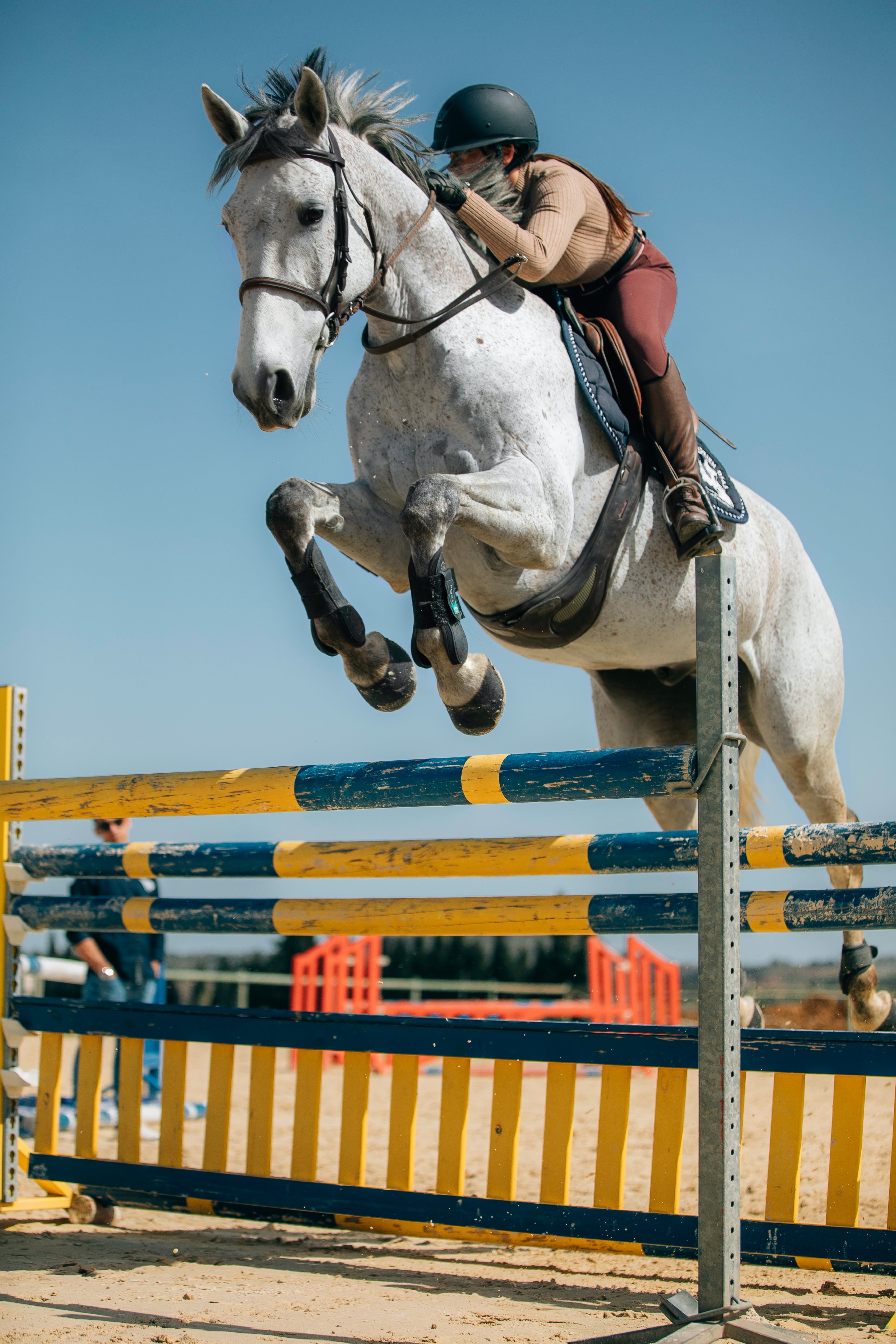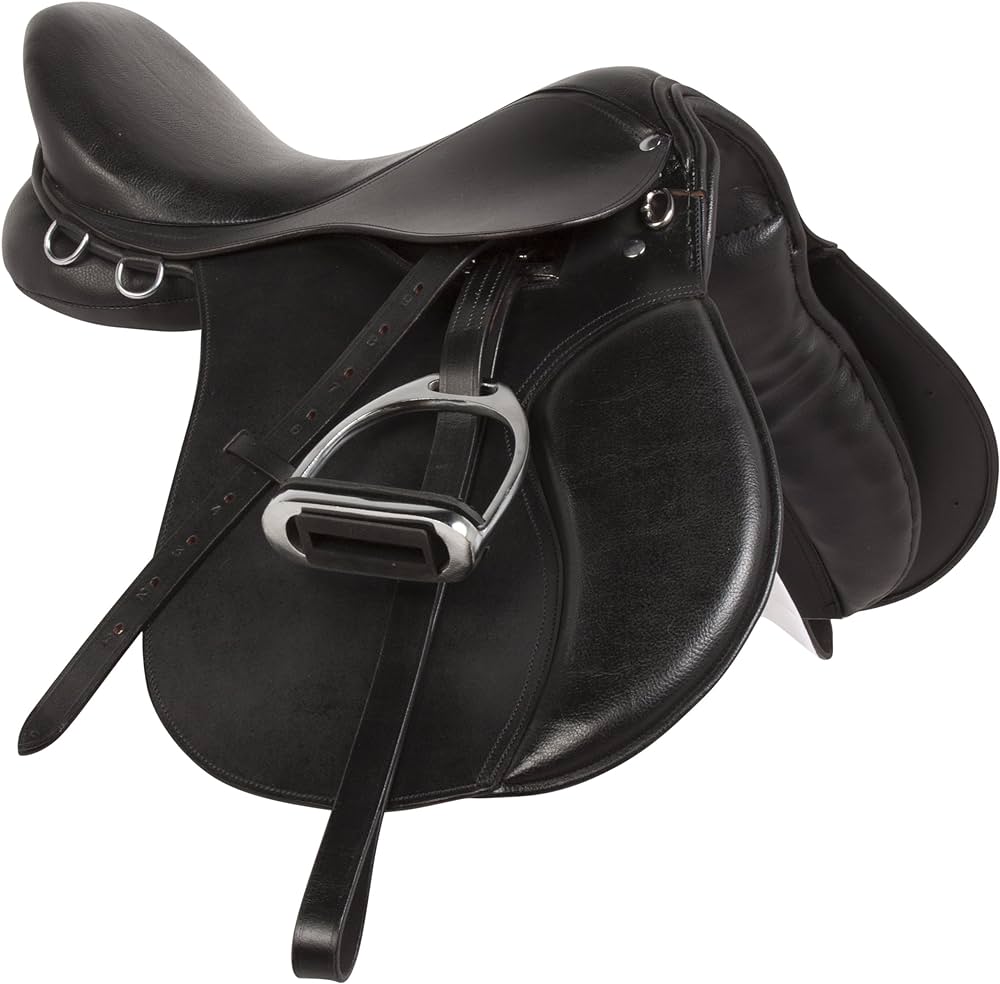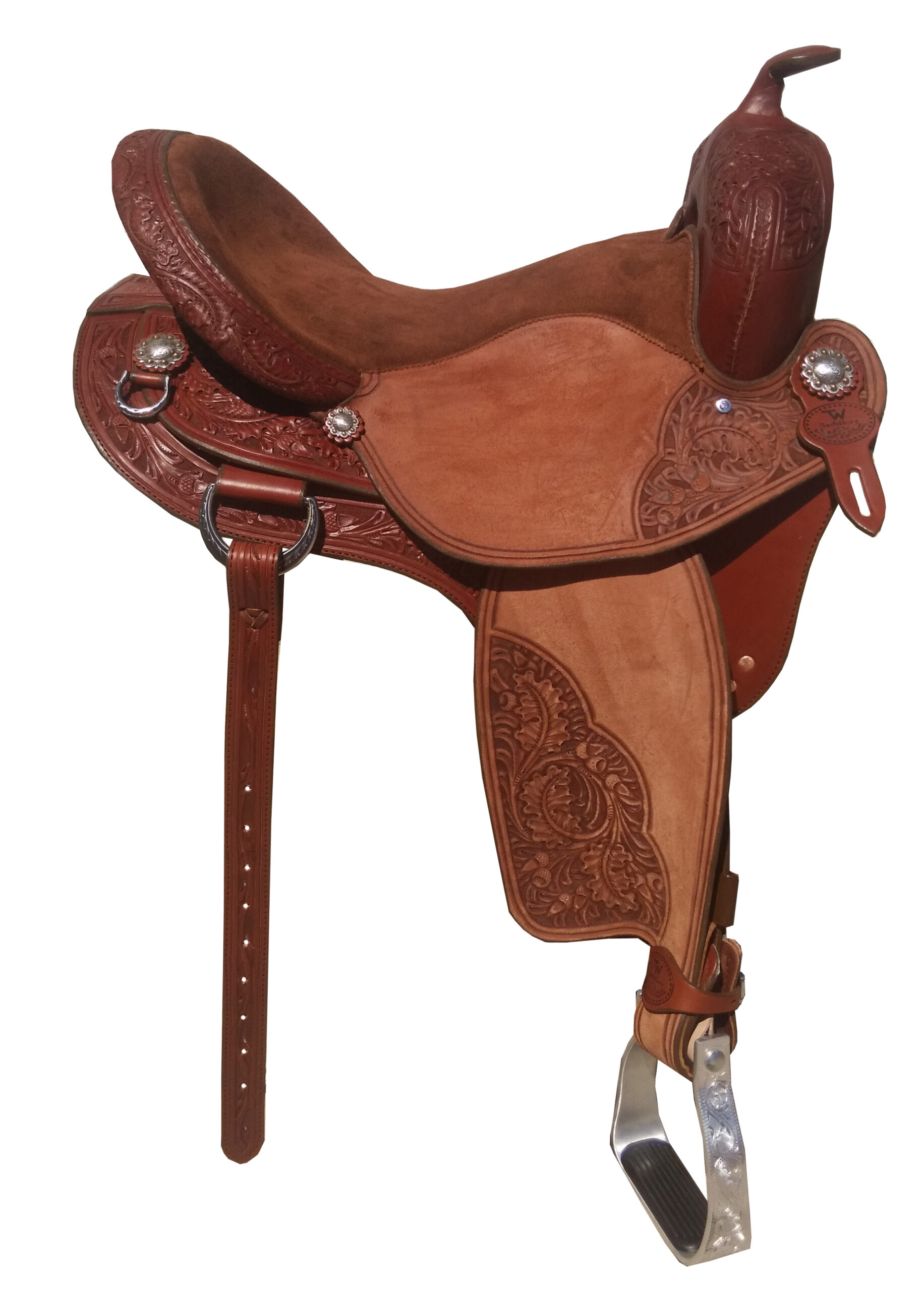Home
Welcome!
This is my hobby site for the midterm assignment. Please refer to the purple navigation bar above, to explore different sections of the site.
Topic:
The hobby I chose to make my site about is horseback riding, or more formally: equestrianism. I rode horses for many years when I was younger, and though I have not been on a horse in a long time, it is still something I am passionate about. I never competed seriously, so I consider equestrianism as more of my hobby than a sport I trained in.

About
Introduction:
Equestrianism refers to the "skill or sport in which people demonstrate their expertise at riding and controlling a horse". Horseback riding is considered both a hobby and a sport, it just depends on the riders desire to compete or just participate casually.
Important Organizations:
Below is a list of several equestrian organizations. These will be mentioned, by their acronyms, in the further sections of this site.
- USEF: United States Equestrian Federation. The USEF is the national governing body for most equestrian sports in the United States. US Equestrian is dedicated to "uniting the equestrian community, honoring achievement, and serving as guardians of equestrian sport". The association holds many high-level shows for events in the English riding discipline.
- AQHA: American Quarter Horse Association. The association's mission is "to record and preserve the pedigrees of the American Quarter Horse, while maintaining the integrity of the breed and welfare of its horses". The AQHA is a big name for Western discipline riders. They are responsible for sanctioning many competitions, and organize many high-level Western events.
- FEI: Fédération Equestre Internationale. The FEI is the international governing body of equestrian sports, and are considered to be one of the highest authorities in the sport. They are responsible for devloping the sport globally, as well as refining and improving the rules and regulations of the sport.
History
Introduction:
Horses themselves are a vital part of history, not particularly the equestrian sport. For a large chunk of history, horses were the main form of transportation. There is evidence that people started to domesticate and use horses as far back as 6000 BC, and humans began riding them around 4500 BC. For a long time they were used for a wide range of reasons, from warfare to farming. But eventually, due to modernization, horses were no longer a necessity for most, and horseback riding became a recreational activity.
The sub-sections below detail the history of the equestrian sport, and the history of horses themselves. Though this site is dedicated to specifically the hobby of horseback riding, after reading and watching both medias, the connections between the two will be clear. Many foundational aspects of equestrianism from ancient times are still seen in current riding styles.
History of the Sport:
History of the Animal:
Disciplines
Intro to Riding Disciplines:
Equestrianism has a wide variety of categories that riders can partake in. The two general groups are English and Western riding. Below is a chart that breaks down these groups further, and lists more specialized disciplines that fall under each category.
| English | Western |
|---|---|
| Dressage | Reining |
| Jumping | Barrel Racing |
| Cross-Country | Cutting |
| Equitation | Roping |
| Eventing | Rodeo |
This is not a full or comprensive list of all existing riding disciplines. These are simply the most commonly known and popular types, specifically in our country.
Differences:
There are many differences between the two styles of riding, but the easiest way to differentiate is to note what style of tack the horse is being riden in.


There are several reasons for the structural differences between the two pieces of equipment, foundations of which track back to the history of each discipline, and what riders needed their horses to accomplish. For more information regarding the history of both disciplines, please refer to the history section of this site.
Nationally Recognized Disciplines:
Despite their popularity, several of these disciplines are not formally recognized by the USEF. Click here to see the horse breeds and disciplines which are recognized by USEF, including Olympic and Paralympic disciples.
Competing
Introduction:
Competitions are not a mandatory aspect of equestrianism, which is why it can be considered as both a hobby and sport. This section will expand on horseback riding competitions on an international level, in the Olympics. The FEI establishes regulations and schedules for high-level shows, including the Olympic and Paralympic Games.

Disclaimer:
Due to this specific lens, this section will not include any events of the Western discipline, as the Olympics only have English riding events. However, there are just as many popular and high-level Western competitions. If you would like to learn more about competing in Western horseback riding events, please click here. In the United States, the AQHA organizes many well known Western competitions.
Olympic Events:
Dressage
The dressage event, popularly nicknamed equestrian ballet, is the most advanced form of horse training. In this event, the horse and rider duo preform intricate and artistic movements to the rhythm of their chosen music. This event is composed of both individual and team competitions, each with its own set of medals.
Olympic dressage judges take into account the elegance, ease, and fludity of the movements. Throughout the event, the horse must show the three paces, which are: walk, trot, and canter. Some movements are predetermined in the competition, meaning every athlete must somehow incorporate these into their performance.
An important aspect of this sport, especially in this event, is teamwork between the horse and rider. The manuevers required at this level are very technical, and require immense amounts of training. But, a primary goal of dressage is to make the perfomance look easy and natural, like the rider is simply sitting on top of a horse who decided to do ballet moves.
Learn more about Olympic Dressage by clicking here.
Jumping
The jumping event "requires physical ability and excellent technique to complete the course in the allowed time without knocking down the obstacles". Just like the dressage event, jumping is composed of both individual and team competitions, each with its own set of medals.
The jumping event in the Olympic is classified as 'jumpers'. This means that, opposite to dressage, the form of the rider and horse does not matter, the only factors taken into account are how fast the rider completed the course, and if any obstacles were knocked down. If an obstacle falls, or the time limit is exceeded, penalty points will be added. In this event, the lower the score the better.
Learn more about Olympic Jumping by clicking here.
Eventing
Eventing, is a combination of three equestrian disciplines: dressage, jumping, and cross-country. This event is spread over three consecutive days, and requires considerable skills in all of these branches. Like the other two events, eventing is composed of both individual and team competitions, each with its own set of medals.
The dressage and jumping events have the same rules as described above. However, these will be on a lower-level, as there are three phases and sets of skills needed, rather than just the one. Not mentioned before is the cross-country discipline. This is an endurance test, where riders are required to jump over 30-40 obstacles within a fixed time. The path includes varied terrains(water, hills, etc) and solid obstacles. The judging for cross-country and jumping is basically the same, a clean and fast round gets the least amount of points, and wins.
Learn more about Olympic Eventing by clicking here.